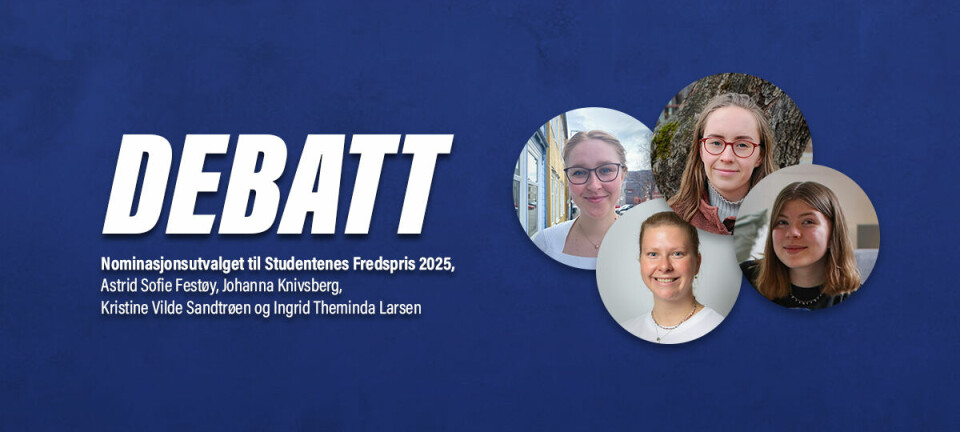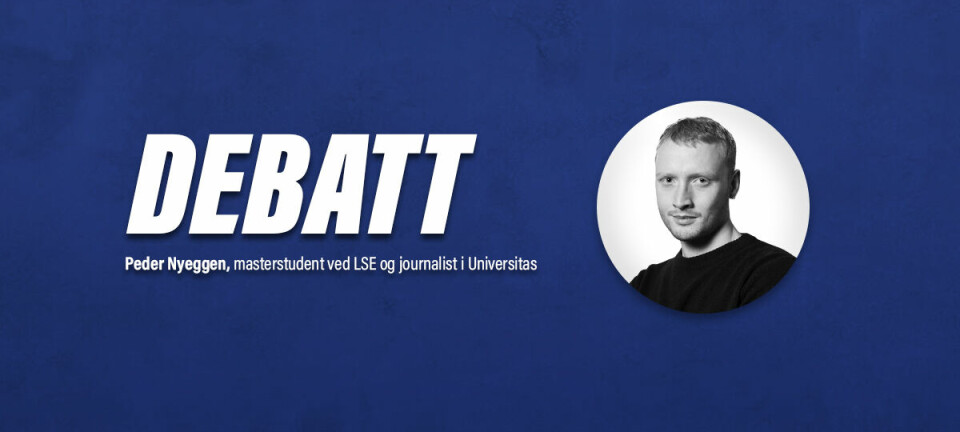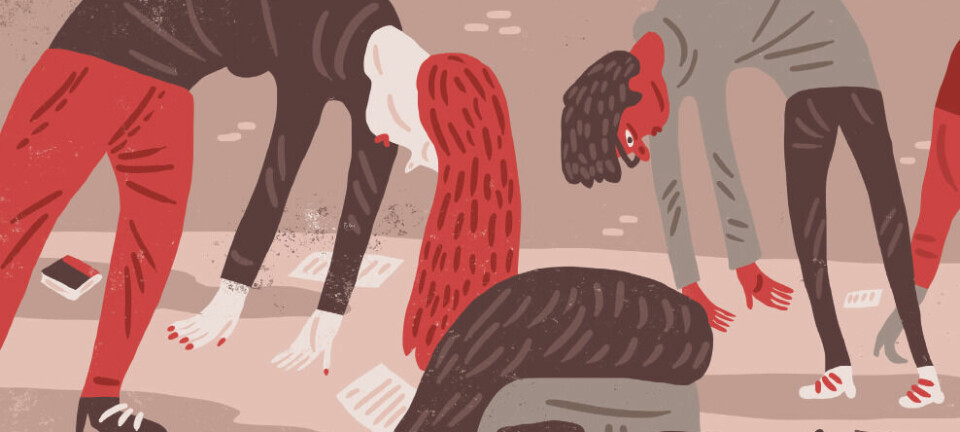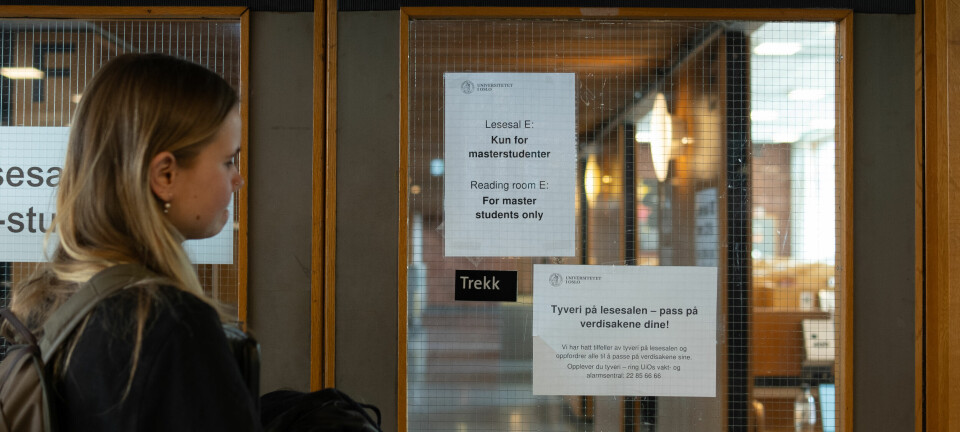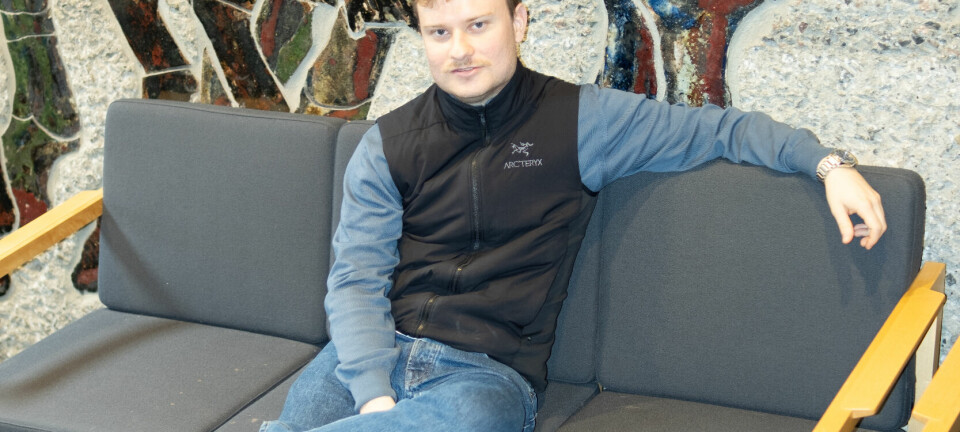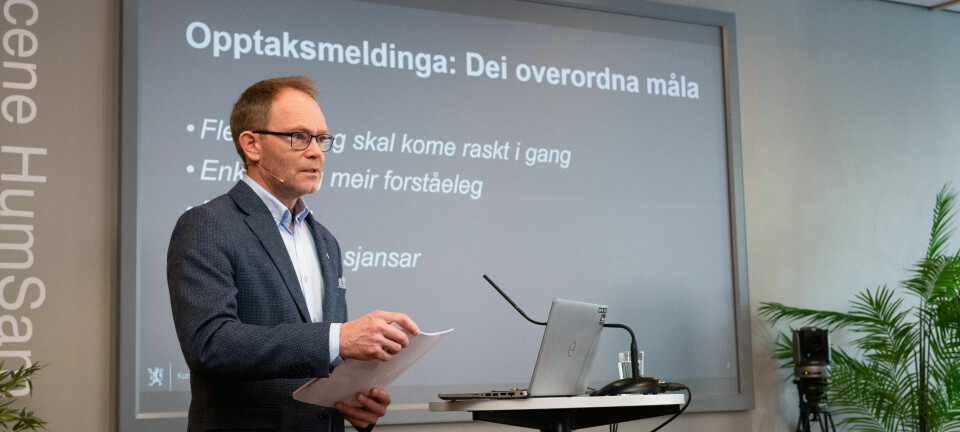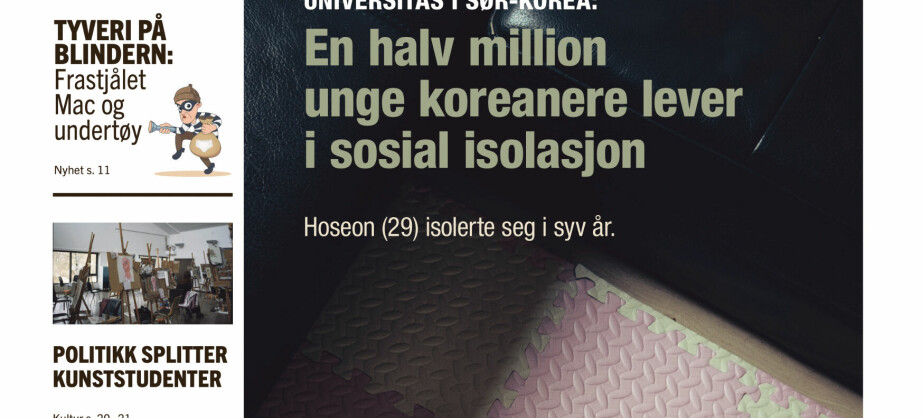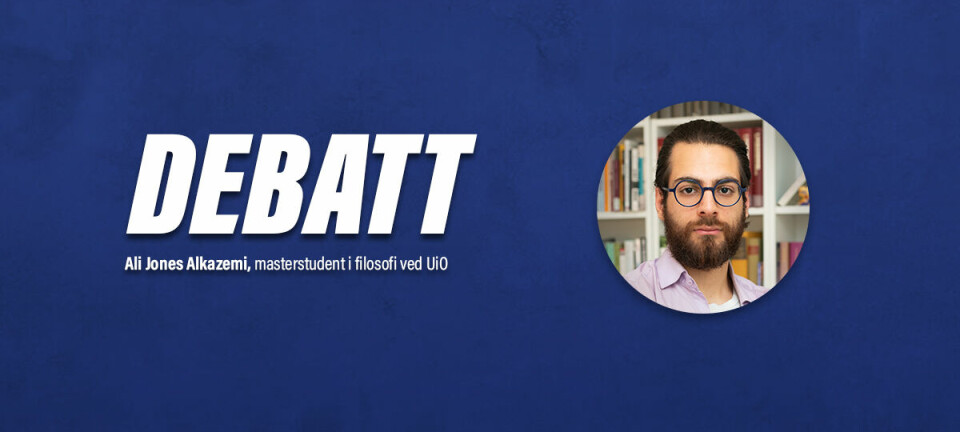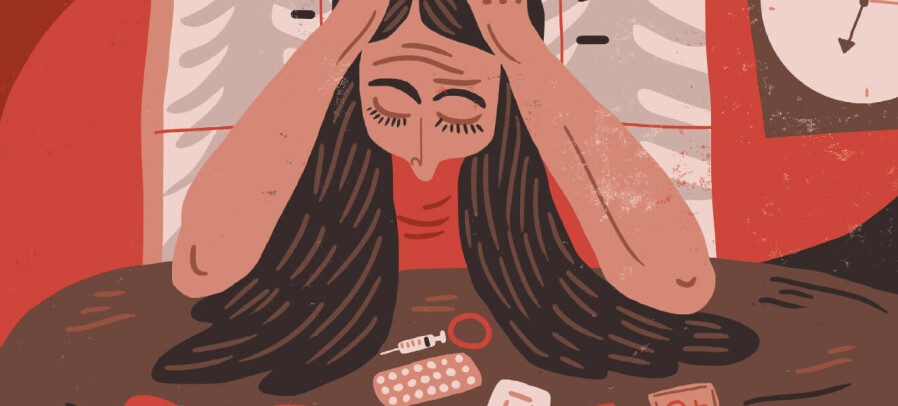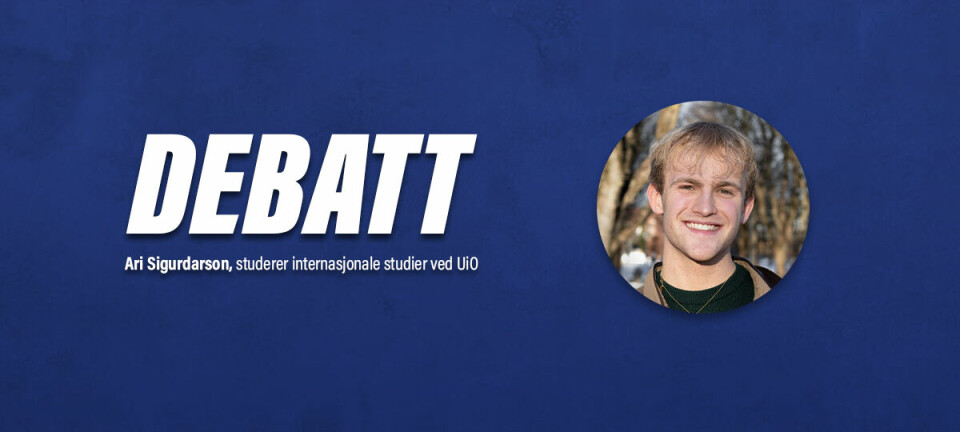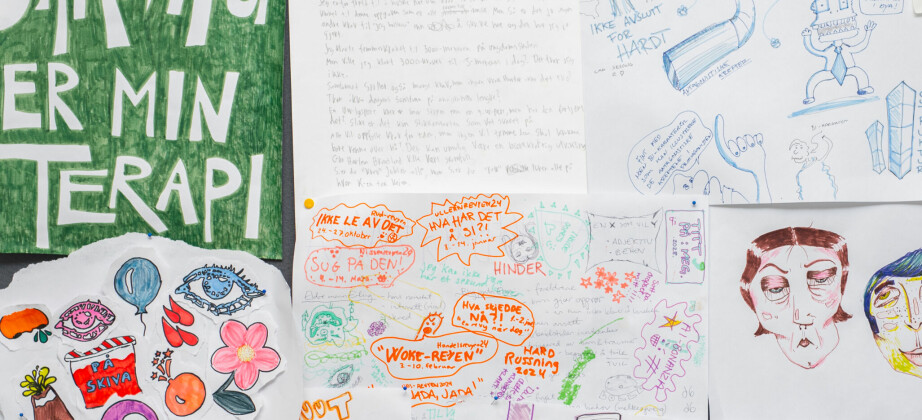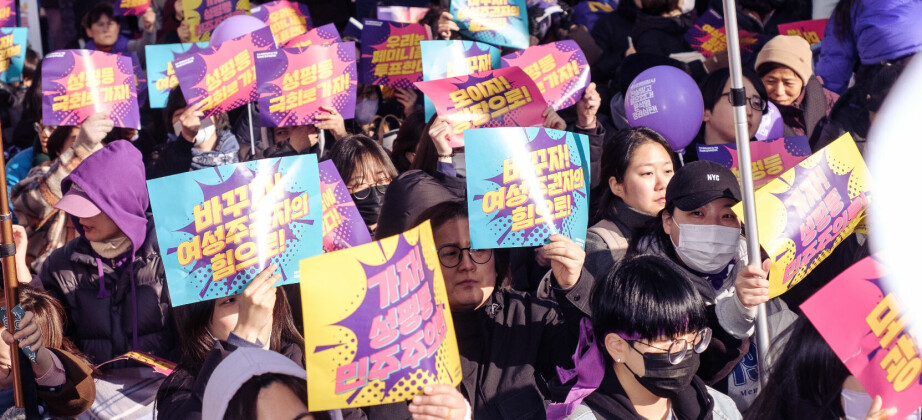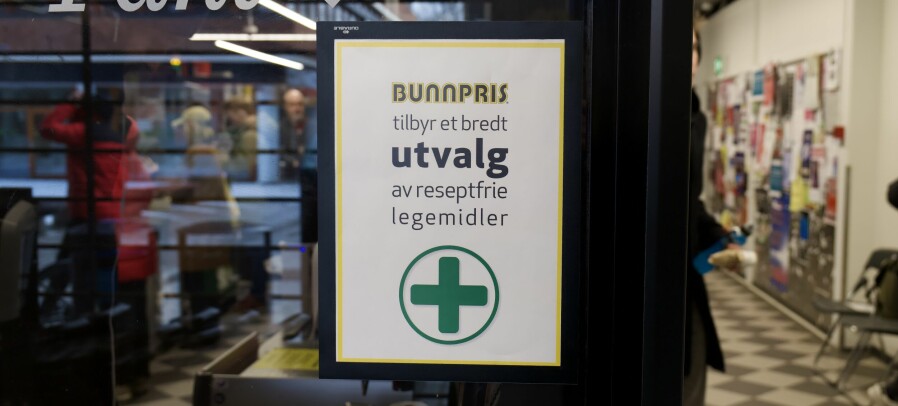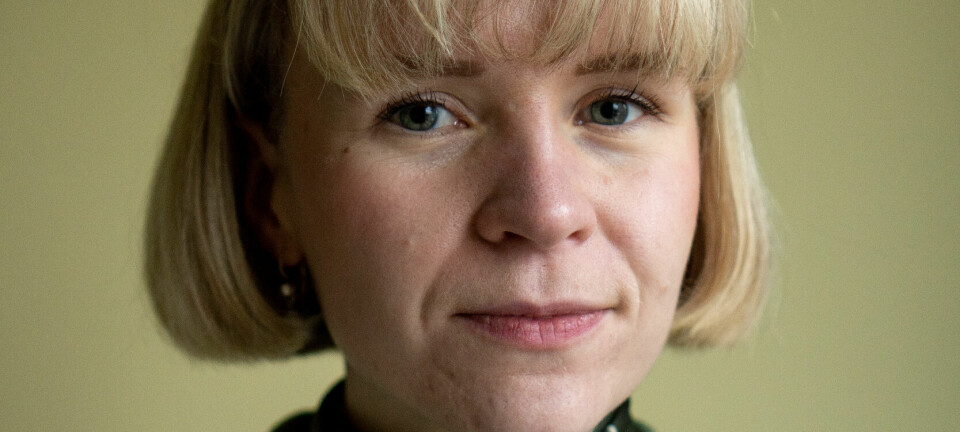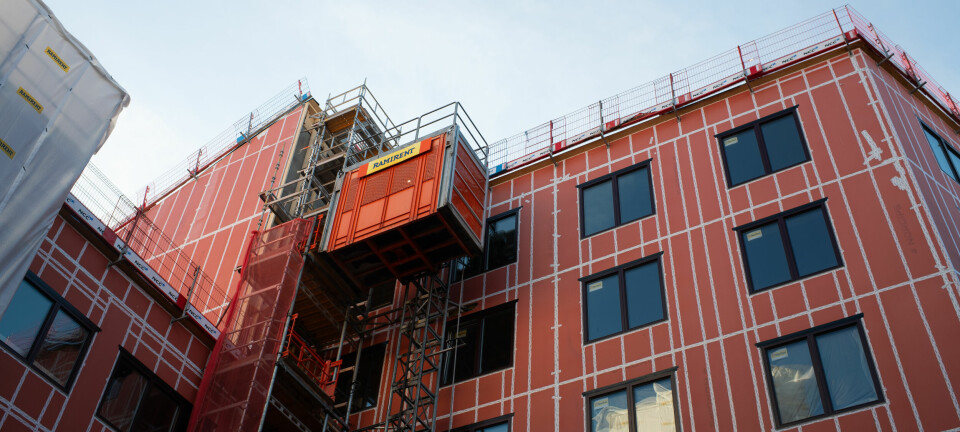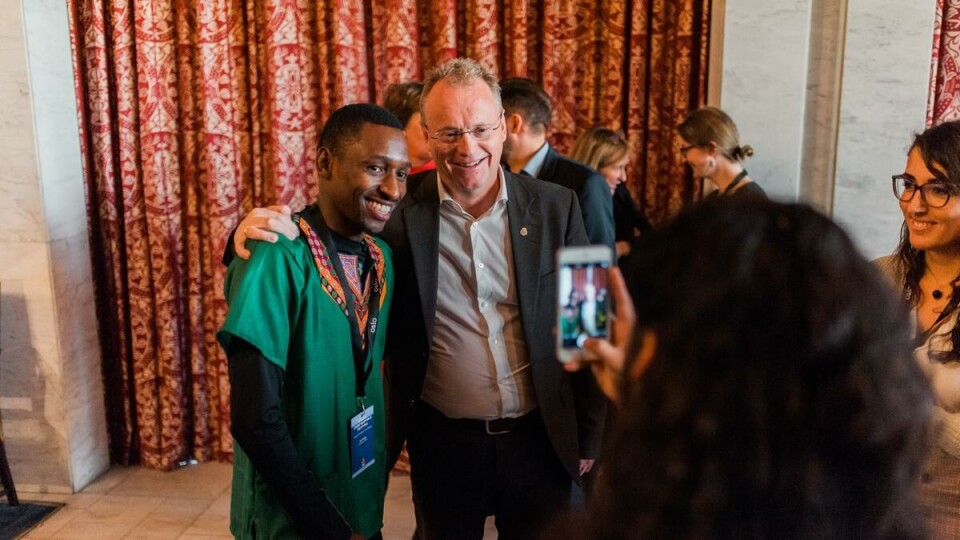
Inclusion of international students as the key to internationalization – How far are we?
Eric Kimathi, National President of the International Students Union of Norway, shares his views on internationalization in Norwegian academia.
This past week we commemorated International Students’ Day on November 17, a day when students stand together in solidarity against oppression and celebrate diversity and multiculturalism within higher education. The term internationalization has grown in leaps and bounds over recent years across the higher education spectrum. Rightly so, there have been many arguments and opinions as to why internationalization is important, particularly with the inherent benefits to institutions and countries. While great efforts have been made to facilitate realization of inclusion and internationalization within Norwegian universities it is important to question the progress made.
UiO aims for internationalization, but what do the statistics say?
During a recent event organized by the Governing Mayor of Oslo Raymond Johansen dubbed «How to make Oslo a better city for international students» at City Hall, I was among four student representatives who spoke on issues pertaining to international students. In my speech I acknowledged the great experiences both educational and otherwise that Norway offers to us international students. I also expounded on potentially challenging factors that can make international student life difficult.
Inclusion should not be a preserve of the universities alone, but rather a joint effort by all actors who in one way or another interact with international students. In fact, inclusion begins with the visa process at the Norwegian Directorate of Immigration (UDI). It is important for international students to feel and develop a sense of comfort when applying and renewing their visa and residence permits. While universities and other stakeholders strive to create a welcoming and inclusive image to attract international students, this is seemingly not the case with UDI. Most international students talk about feeling unwelcome in Norway because of the bureaucratic immigration process. While it is important to ensure students abide by state laws, the overly strict staff, costly visa fees, and delayed processes have been cited as key issues that may need revisiting.
Secondly, more efforts are needed in provision of Norwegian language courses. For the typical international student, paying for Norwegian classes is a very expensive venture especially in private training centres. Many universities have come up with a range of courses for international students, but it is a fact that demand overrides supply and many students are locked out. This is something that was strongly noted during the visit to the city hall and the government needs to come up with more robust means to address the need. This will positively aid interaction among students and enable international students to participate in the Norwegian labour market.
Another critical aspect that influences inclusion of international students is housing. Citing the model used in Oslo where students live in apartments under The Student Welfare Organisation of Oslo and Akershus (SiO), it is observable that the current model poses significant challenges where international students end up living with other international students, which means internationalization happens only to international students while denying similar opportunities to the majority of Norwegian who live separate from them.
Personally, I have lived in SiO housing and never shared an apartment with a Norwegian student despite changing housing twice over two years. This model denies international students a chance to spend time with their Norwegian counterparts outside of the university environment. I have no details of what happens across different cities or universities in Norway, but the Norwegian Centre for International Cooperation in Education (SIU) report in 2016 «Internationals students in Norway» revealed huge gaps on interactions between Norwegians and international students as a national problem.
While so much effort goes into the welcome weeks popularly known as «buddy weeks» more is needed particularly from universities or in collaboration with student unions and parliaments to broaden the inclusion efforts. Debate ought to focus on inclusivity in lecture halls and other learning environments. It is easy to assume international students will naturally fit in with the methods of teaching, examination, and the general learning environment. While it may be the case, it is imperative not to assume. International students bring with them diverse academic experiences which ought to be taken into consideration to enable them to maximize their learning outcomes, while also ensuring their presence is recognized and utilized. Norwegian students who opt out of going on an exchange abroad can benefit from international students at home.
Internationalization will consistently require concerted efforts from all stakeholders. Focus has to move beyond numbers of incoming and outgoing students to what happens while the students are here. It important to develop spaces that seek active voice of students (both Norwegian and international) through interactive forums that seek to find out what is good and meaningful for them while they live and study in Norway. Moreover, a positive and flexible attitude and responsiveness will ensure Norway remains a hub and global leader within international higher education.



